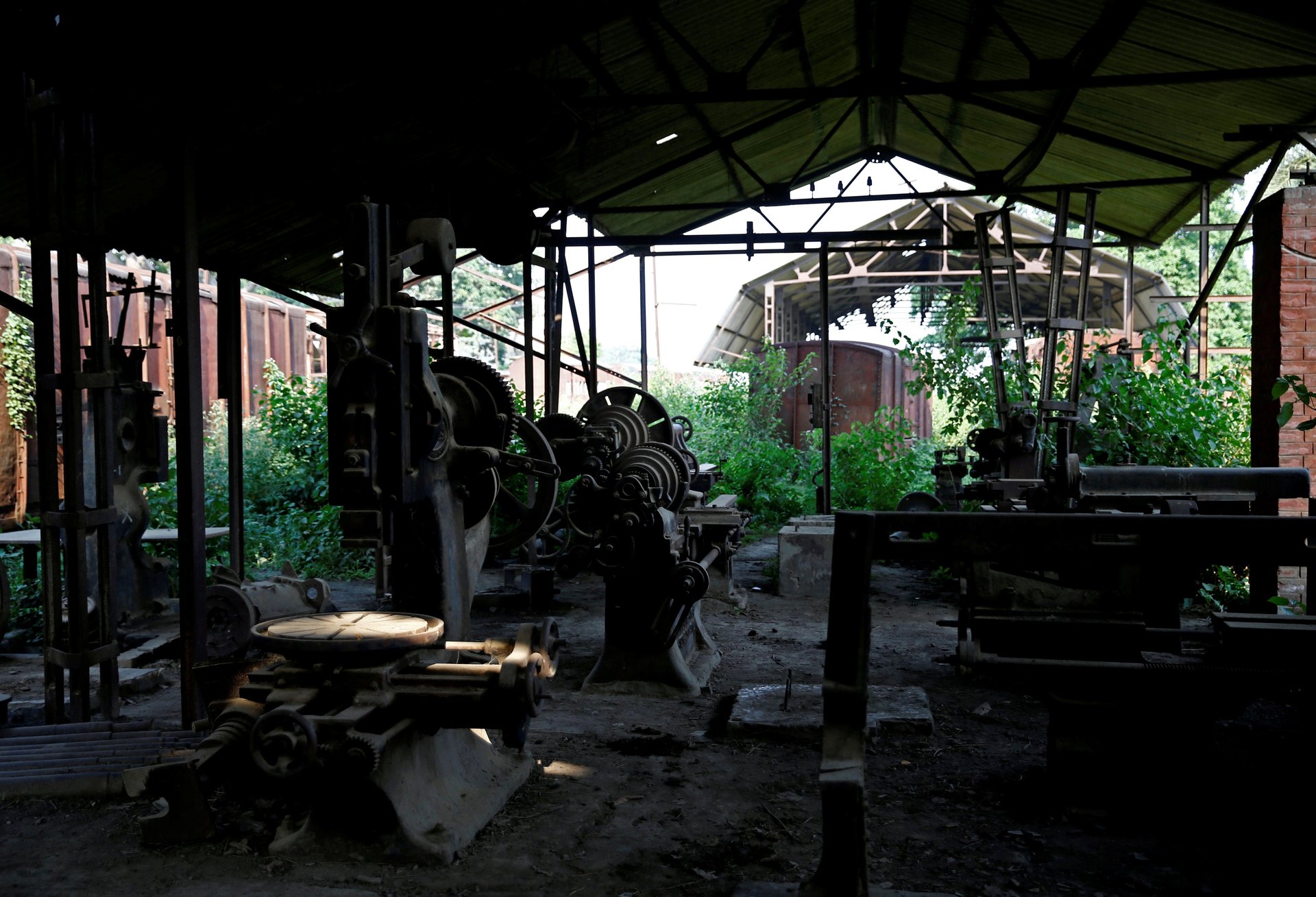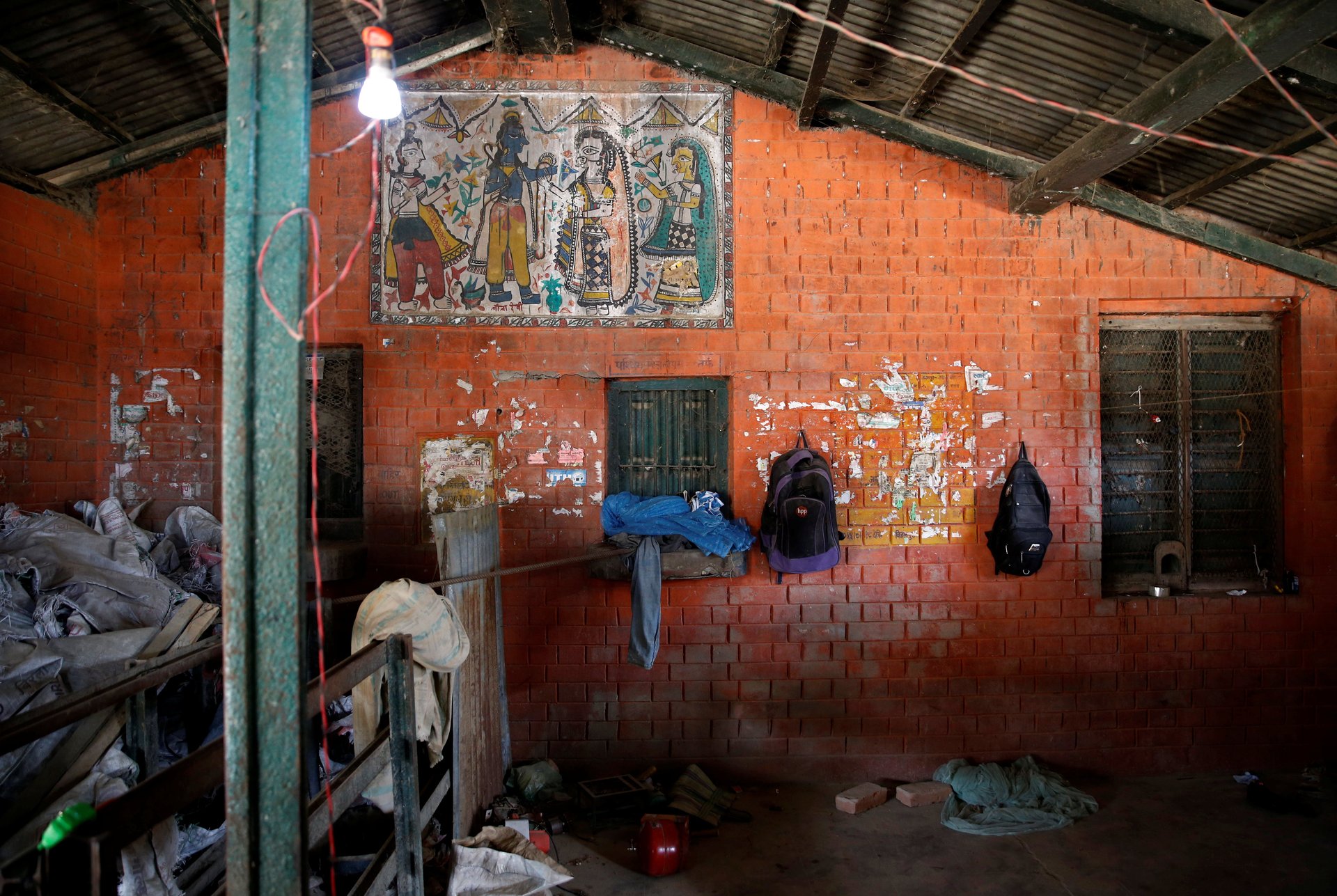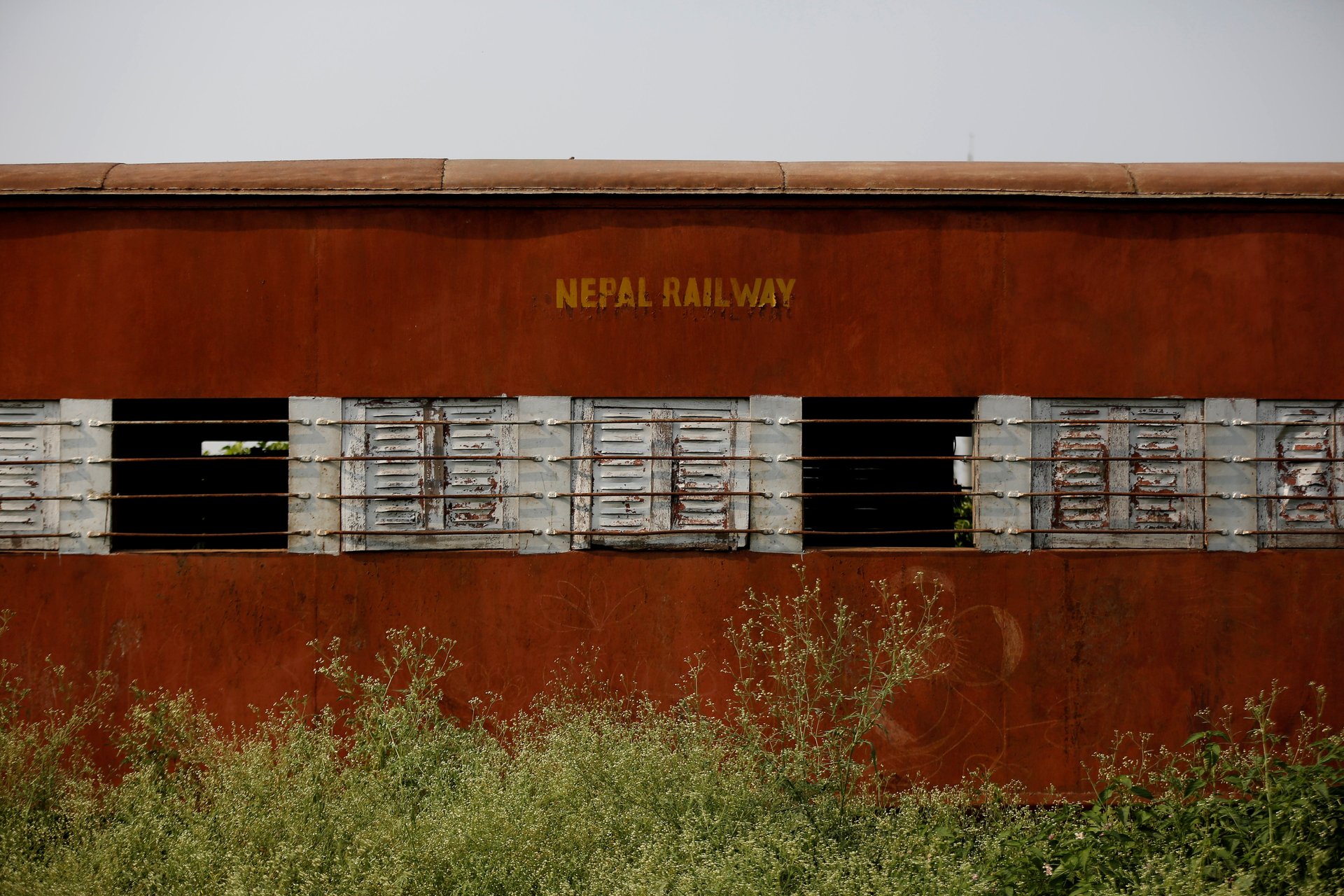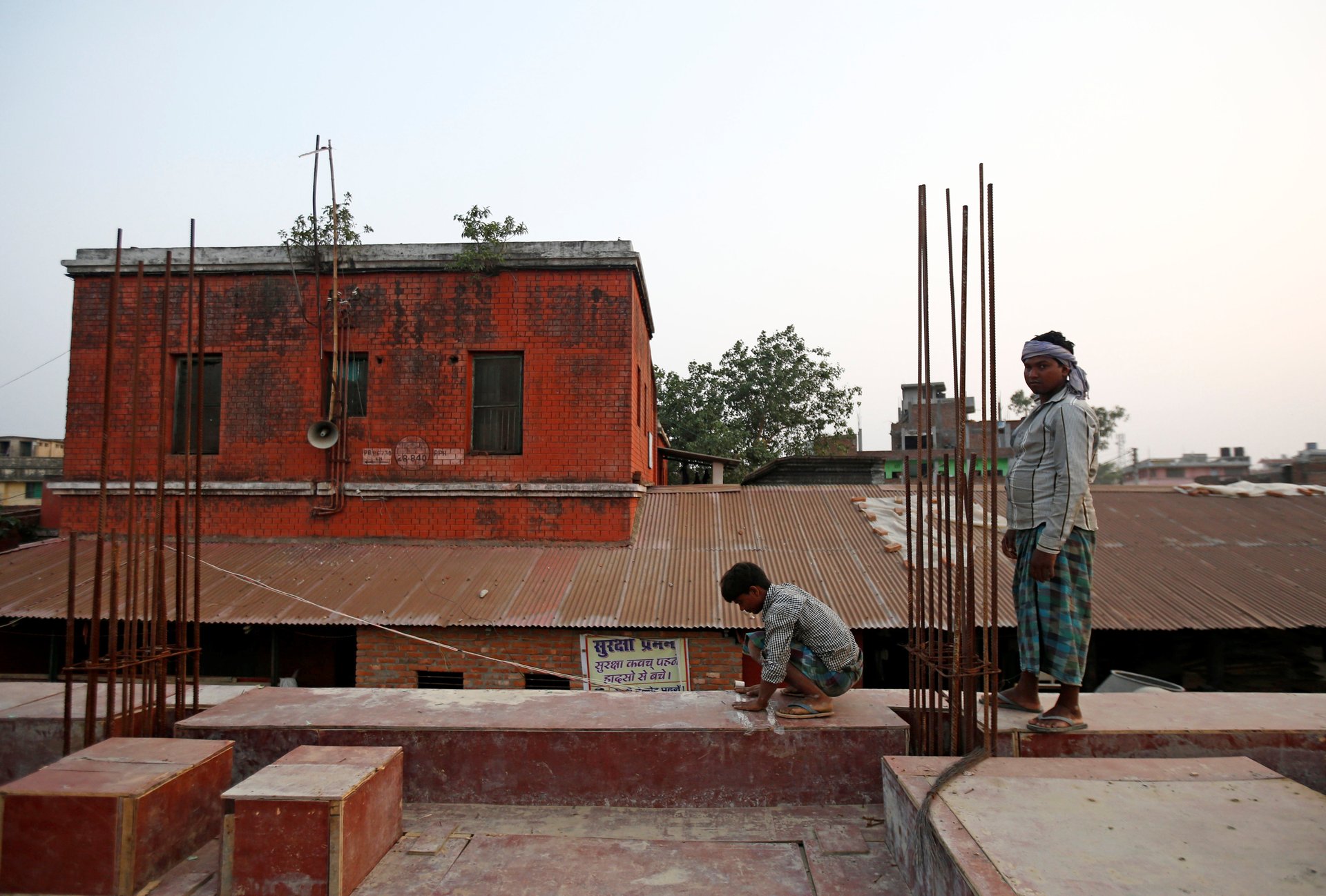In photos: An 80-year-old India-Nepal rail line, once a favourite of smugglers and migrants alike
The historic Janakpur railway, running between Nepal and India, was once a major border crossing for citizens on both sides. The British built the 20-mile track in 1937 to carry timber from the once heavily forested areas of Janakpur to the Indian city of Jainagar, but as supply dwindled, the train’s main cargo became people.
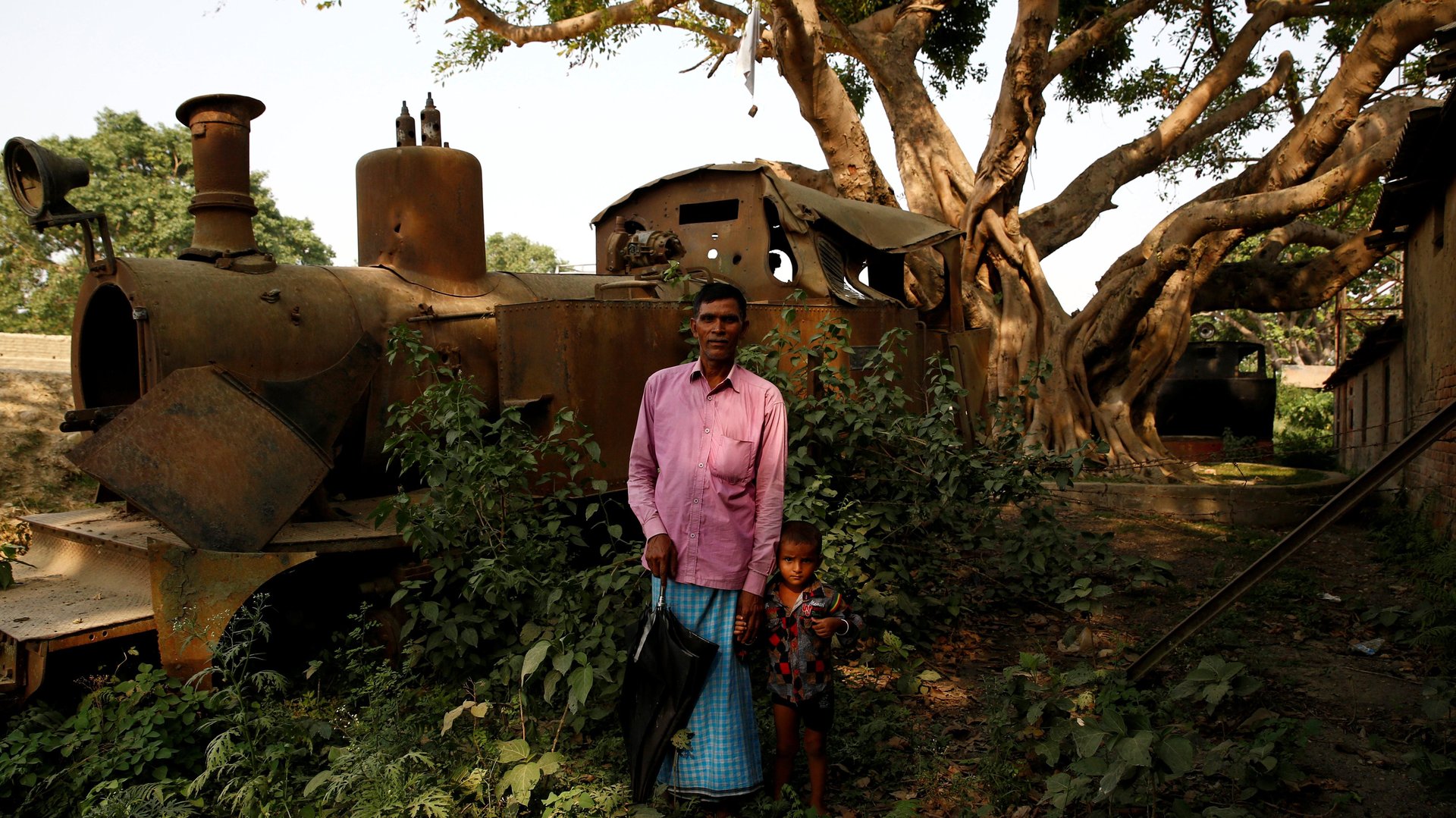

The historic Janakpur railway, running between Nepal and India, was once a major border crossing for citizens on both sides. The British built the 20-mile track in 1937 to carry timber from the once heavily forested areas of Janakpur to the Indian city of Jainagar, but as supply dwindled, the train’s main cargo became people.
Tourists and pilgrims boarded the train in India to get to the historic temples of Janakpur, considered the birthplace of the Hindu goddess Sita. And costing just a few rupees, Nepalese villagers needed it to find work in India and beyond, or to smuggle goods back to their hometowns to sell. Until it shut down in 2014, men, women, and even children would fill the carriages daily, and when room ran out, they’d sit on the roof or hang from the sides.
These days the villagers in Janakpur, who can afford it, have to travel by bus—which can cost three times more—to cross the border, while their station sits abandoned. A recent photo series from Reuters exposes the shrubs that have grown around a rusting train engine, the dilapidated carriages whose only visitors are children chasing each other, and the deserted workshops once used to repair the train (which frequently broke down or derailed during its final years).
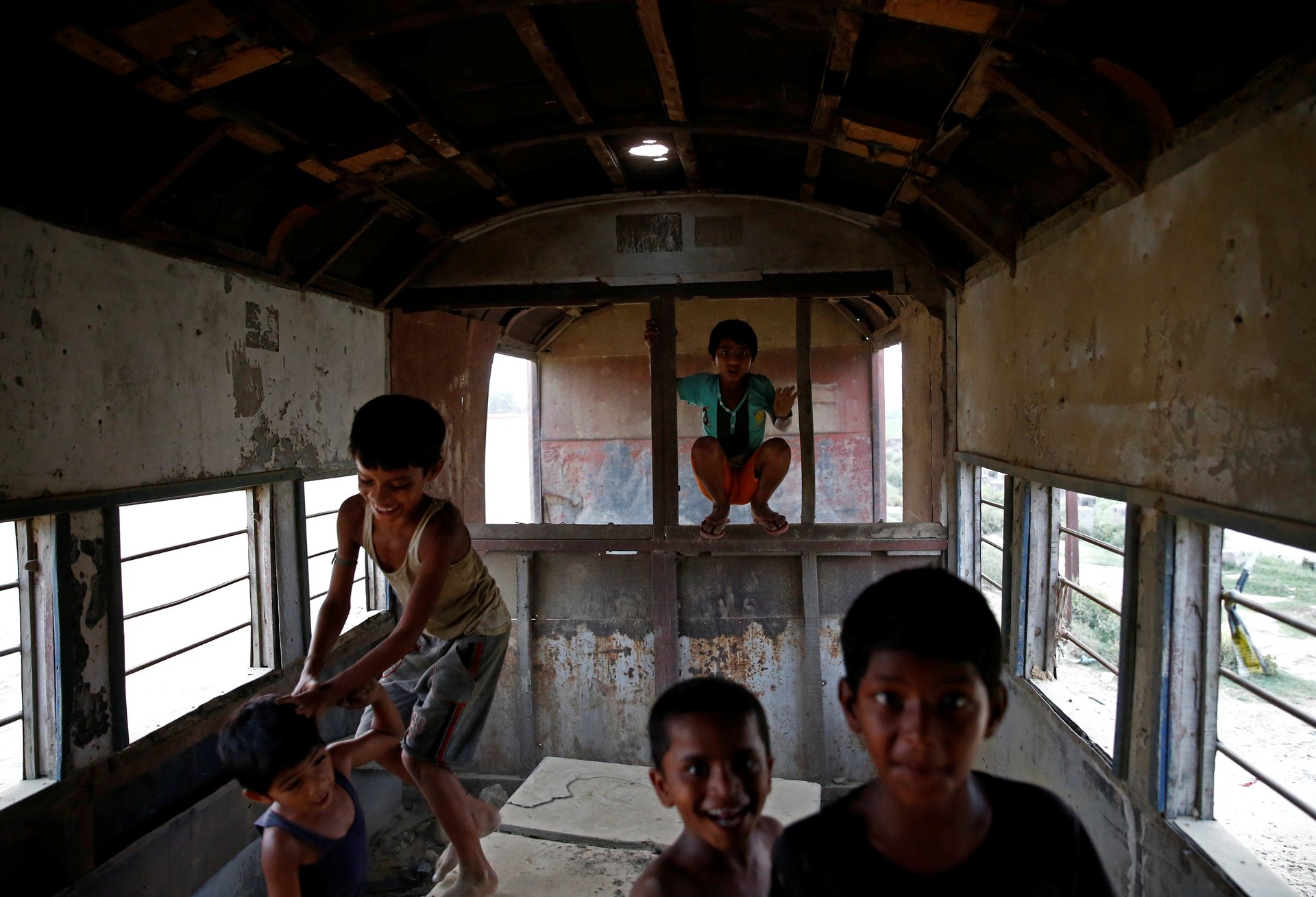
The line was closed so that Nepal Railway Corporation, with financial help from Indian Railways, could upgrade the track from its colonial days. It’s a $100 million endeavor, and for the locals, it can seem like the railway line might never reopen, as construction faces numerous setbacks and the deadlines go unmet. Not to mention that there are accusations of contractors misusing materials meant for the line on other projects.
Yet, according to Reuters, the company claims to have completed 80% of the much-needed improvement, which includes laying new tracks, extending the line 43 miles to the north, and building 14 new stations along the route. Even if all goes according to plan, the line won’t open for business until at least March.
For passengers, many of whom live in poverty, the train was their lifeline. In the 2015 documentary “The Last Train in Nepal,” from BBC, filmmakers zoomed in on the Nepalese communities that depended on the Janakpur line the most. The line, as one villager put it, was for the locals by the locals. Any kinks in the train engine or the tracks, the local emergency repairmen were the first ones out there to fix them. They’re part of the 130 railway employees who depended on the line’s continuous operation to feed their family and repay loans—and who eventually lost their jobs when it shut down.
There are also the migrants who use the line to find work abroad in hope of sending money to their families. And then there are the smugglers, many of them female and known more popularly as black marketeers, who earn only meager commissions from the shopkeepers they work for. It was barely enough for Regina, a single mother featured in the BBC documentary, to support her three children. It didn’t help that the threat of the Janakpur line shutting down loomed over her head, and her fellow travelers’, in that final year of operation. The railway company went from running three trains to just one, and poor maintenance on that last train meant it sometimes wouldn’t run for days at a time.
To add insult to injury, smugglers risk getting caught by the police who conduct surprise raids at the station, looking to seize contraband and catch fare dodgers—and they’re not opposed to using violence. During one of Regina’s runs, the police at the Janakpur station confiscated more than $100 worth of her goods, on which she will have to pay duty. “Most of the big consignments they [the police] let go,” she lamented in the video. “They only trouble the small guys.”
Despite all that, though, the reopening of the railway can’t come soon enough for the nearby communities.
